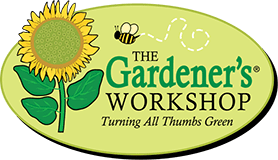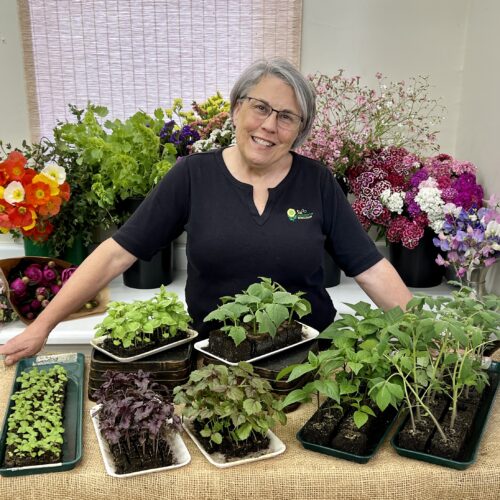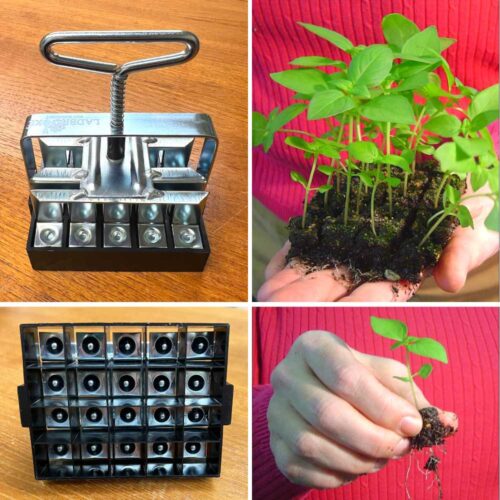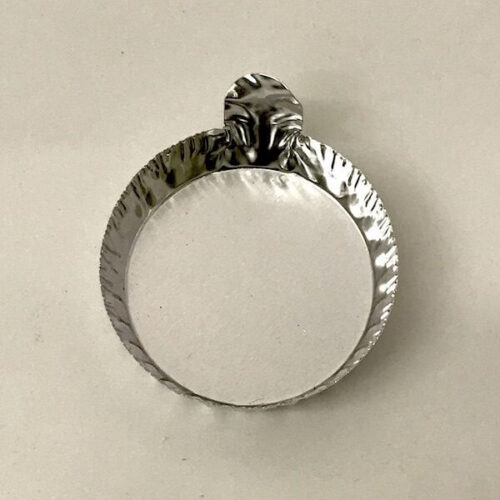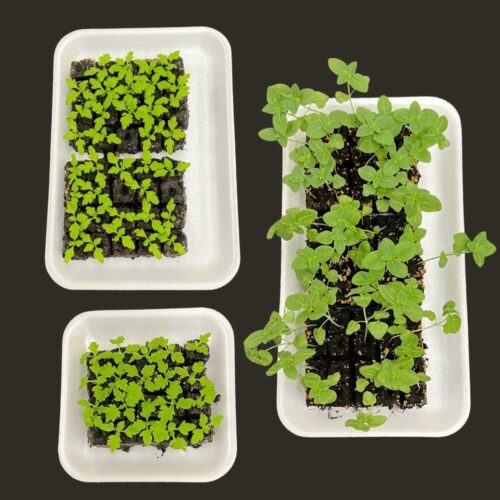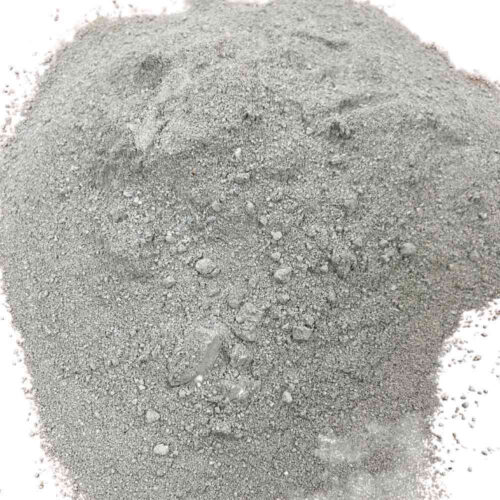My Flower Farming “Insurance Policy” – Floral Support Netting
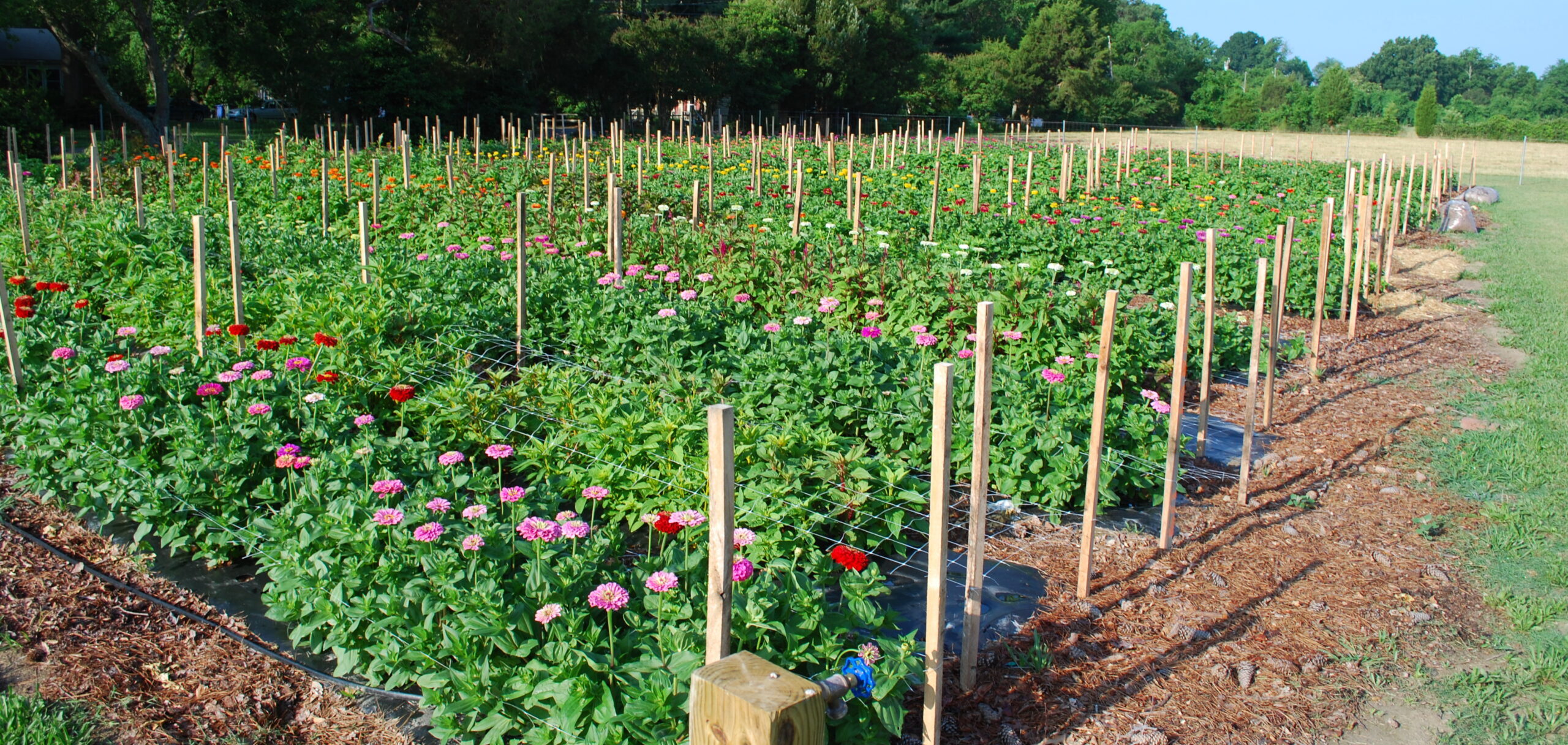
Whether you’re a home gardener or a cut flower farmer, you’ll need some form of support to grow beautiful cut flowers with straight stems. You’ve made it this far with your flowers – starting from seed, growing your seedlings into healthy transplants, and preparing beds for planting…let’s finish strong and give them the support they need! I consider this an “insurance policy” for my flowers.
In this previous blog post, Lisa says, support netting is beneficial, easy to install, and will keep your flowers standing tall during downpours and rough winds. Every year I dread installing it on our farm and I don’t know why – it takes very little time to install it. When I ignore netting crops by mid-July and August the results are in: stems on the ground, crooked stems that can’t be sold, and flowers that died from disease.
Floral netting provides support through wind and storms to keep your plants from falling over. In addition to weather protection, the netting helps flower stems grow straight and tall – important when selling to florists and designers as well as making mixed bouquets for farmers markets.
When netting a bed of flowers, plan in advance what crop is going in that bed so you’re not dealing with a portion of the bed that’s finished while needing the support netting for the remainder of the bed.
Bonus: You can roll your netting right out on your bed before planting and use the squares for your plant spacing, which is convenient.
But remember, safety comes first! NEVER leave loose netting in the field. It is a dangerous trap for animals and birds to get caught in, as well as a tripping hazard for people. In addition, loose netting can catch in farm and lawn equipment and cause damage. I have personal experience with this: floral netting got caught in our tractor’s flail mower, costing us almost a thousand dollars in repairs!
Because it’s made from plastic there may be concern about floral netting’s impact on the environment. Other methods of support exist, such as corraling with twine or using wire cages – they all have their pros and cons. Support netting is a convenient, durable, and lightweight solution that can be reused for many years when properly stored over winter.
Lisa covers support netting in detail in her course, Flower Farming School Online: The Basics, Annual Crops, Marketing & More. She also has a podcast episode dedicated to the use of floral netting. You can also watch her talk about floral netting on her YouTube channel here.
See the tips below on installing floral netting in your garden or on your farm:
Floral Netting Tips:
- Install netting while plants are under 12 inches tall.
- Use t-posts or wooden garden stakes every 10-12 feet.
- Pull netting tight when installing between stakes to ensure its effectiveness.
- To remove the netting, I pull it up above my flower crop. If you are saving for future use, immediately roll it onto a garden stake or t-post and store it in a covered area for the winter, preferably a shed or indoors. If you’re not saving, cut it out in sections and immediately dispose of it so it doesn’t blow away in the field.
Don’t skip the crucial step of netting your flowers! It is a wise investment and a great “insurance policy” for the resources, time, and hard work you put into growing those beautiful flowers.
About The Author: Anne Morgan is our Customer Service Coordinator at The Gardener’s Workshop and the head grower at Franklin Flower Farm in Macon County, NC. Anne can be reached at [email protected].
